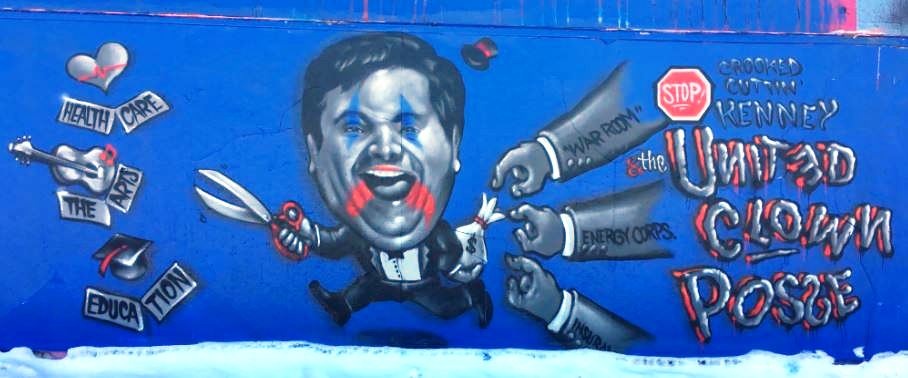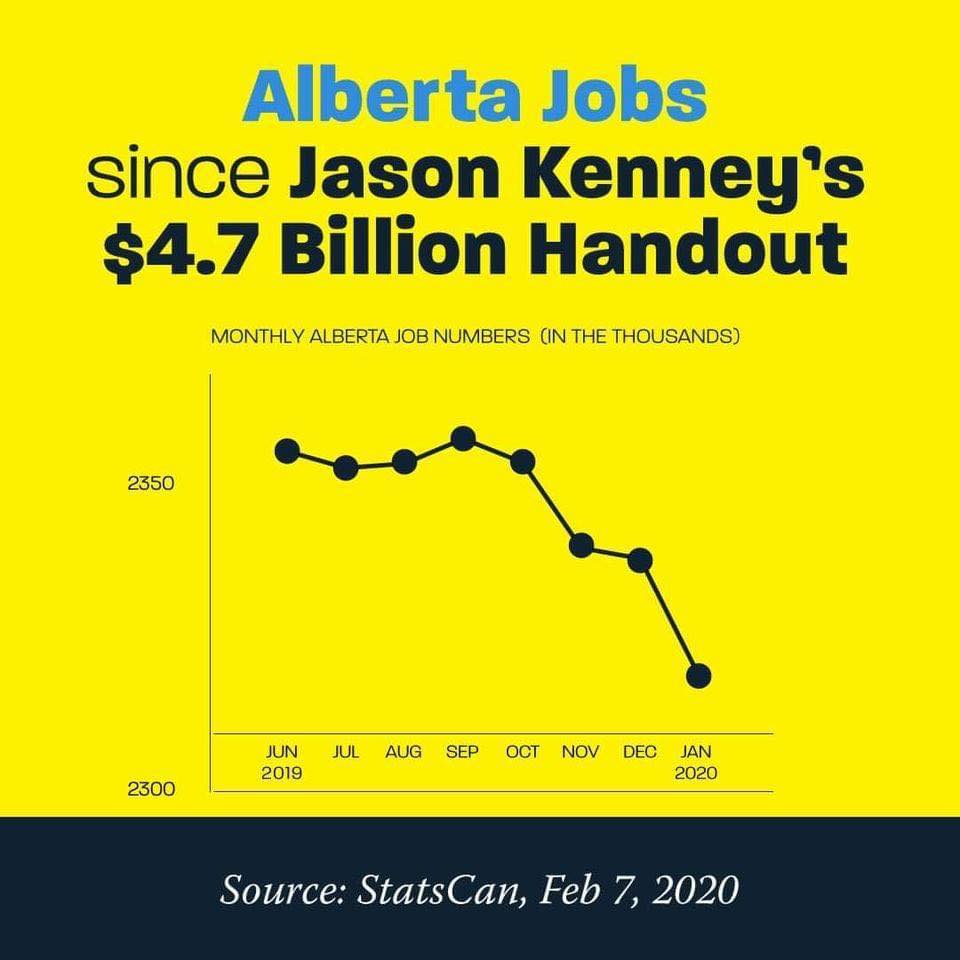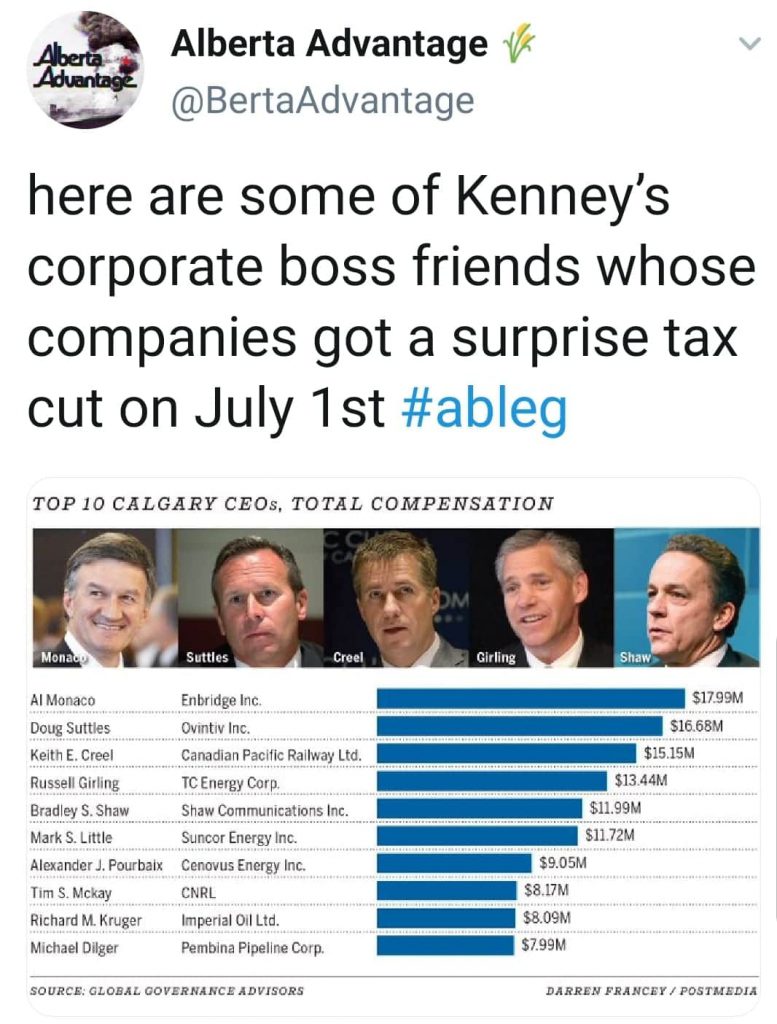One of the comments:
Canadians should be outraged this travesty is allowed to continue – the resource extraction companies already are on the hook to clean up the well sites as a condition of bringing in the wells into production in the first place – that’s the bloody deal! That they are now getting paid a second time by the Canadian taxpayer to do the job they were supposed to do in the first place is infamous!
The political class in Alberta, firmly captured by the OG industry, has ensured the provincial regulator has no teeth to force compliance on producers to properly close in non-productive wells. ![]() Even if AER had any teeth, it wouldn’t use them. It never has – beyond show and tell for propaganda purposes, like AER turning down Benga’s Grassy Mountain coal mine (with loud chest thumping) then granting two water licences to Benga after turning the mine down – to help the company continue their rape & destruction of Grassy Mountain.
Even if AER had any teeth, it wouldn’t use them. It never has – beyond show and tell for propaganda purposes, like AER turning down Benga’s Grassy Mountain coal mine (with loud chest thumping) then granting two water licences to Benga after turning the mine down – to help the company continue their rape & destruction of Grassy Mountain.![]()
Minister Savage herself was quoted as saying this a real problem here in Alberta. Its on her bloody watch this absurd situation is occurring and all she can do, (like every other Energy Minister in every previous provincial government in Alberta before her) is wring her hands flail around, make proper squeaky noises, all the while wink-wink greenlighting the OG industry’s flagrant disregard for their environmental liabilities.
I just wish more Albertans saw this OG corporate welfare for what it is and got off their duffs to bounce these UCP clowns out of the legislature. ![]() That won’t happen. Albertans are enraptured by Kenney and his clusterfuck clowns; the selfish greedy bigotted misogynistic old white man racist sods will vote Kenney a larger majority next election, no matter how loudly they scream never again.
That won’t happen. Albertans are enraptured by Kenney and his clusterfuck clowns; the selfish greedy bigotted misogynistic old white man racist sods will vote Kenney a larger majority next election, no matter how loudly they scream never again.![]()
‘Just replacing the money’: Study suggests public funds didn’t increase oil well cleanups in Alberta by Bob Weber, The Canadian Press, July 7, 2021, The Globe and Mail
Much of the taxpayer money that has funded oil well cleanup in Alberta may have simply replaced money that energy companies would have spent anyway, according to a new analysis.
That means the public is likely paying for private companies’ pollution, says the report from the Parkland Institute, a research group headquartered at the University of Alberta.
“It’s hard to say because the data is so limited,” said Megan Egler, author of the institute’s report. “But what I did find is highly, highly suggestive that this funding simply was just replacing the money that would have otherwise been spent by these oil and gas producers.”
Last summer, the federal government announced $1.7-billion for the cleanup of unreclaimed oil and gas wells in Canada. Most of that money – $1-billion – went to Alberta, where the largest problem exists. The province’s United Conservative government administered the funding.
Ms. Egler found that in 2019, Alberta’s energy industry spent about $340-million on remediation as part of the province’s area-based closure program, which represents about 70 per cent of Alberta’s cleanup activity.
The following year, after the start of the federal funding, about $363-million was spent on such work in Alberta.
“I started looking at the spending in past years and it was more or less the same,” Ms. Egler said.
Much company-funded remediation actually ended after the announcement of the federal program, Ms. Egler said.
“A lot of these companies actually stopped all their closure work.”
As well, Ms. Egler said her research raises questions about which companies received the funding. Almost one-quarter of the $800-million that has so far been distributed went to just five companies, she said.
One of them, Canadian Natural Resources Limited, got more than $100-million. CNRL is a profitable company that recently beat analysts’ revenue and dividend forecasts.
Ms. Egler notes that funding was not distributed on the basis of which wells had been unreclaimed the longest or which posed the greatest environmental threat. In fact, the first two funding periods were aimed at producers that could not afford the cleanup or were defaulting on landowner lease payments.
She said because Alberta would have already been likely to pick up the tab in those circumstances, the federal funding just transferred dollars from one government to another.
“The cleanup of these sites relieves both the defaulting owners and the government from paying compensation to landowners,” the report says.
The program does seem to be close to meeting Alberta’s job projections. It has funded more than 1,700 jobs so far, putting it on track to nearly achieve the province’s goal.
But Ms. Egler points out there’s no way to know if those jobs would have existed anyway. And she says they were expensive.
Each job took almost $190,000 in subsidies, she said. That’s $41,000 more per job than similar work done by the Orphan Well Association.
“There has been no clear explanation from the government of Alberta why the public dollars to create one job are higher,” the report says.
Nor was there any part of the program that measured its contribution to Canada’s climate goals. Unremediated energy wells are a significant source of methane, a potent greenhouse gas.
Alberta Energy Minister Sonya Savage said the report contains inaccuracies, although she didn’t say what they were.
“The report … fails to reflect the significant progress made by Alberta’s government on addressing a number of issues it identifies,” she said in an e-mail Wednesday.
“We are supporting the economic recovery by making use of Alberta’s specialized oil and gas labour force at a time when they are in need of work.”
Ms. Savage said the government works with industry and Indigenous groups to continuously improve the program.
But Ms. Egler said her report raises questions about the program that aren’t being answered.
“One billion dollars cleaning up wells and providing employment – there’s nothing wrong with that,” she said.
“We could have had a program that spent the money better. It just ended up being a subsidy for oil and gas producers.”

Refer also to:



July 1 in above image was in 2020.
